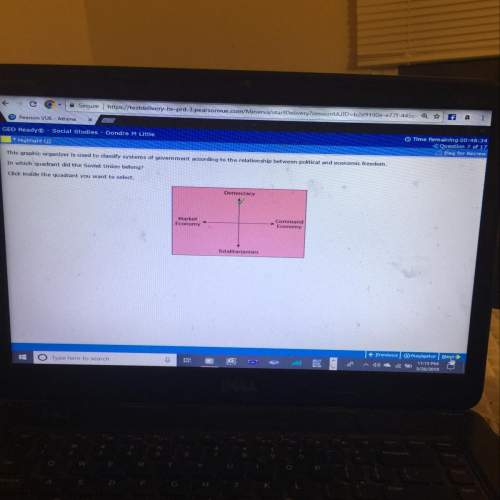
The Cold War was a time of inflamed passions. Nations were engulfed in suspicion and paranoia. It was especially important for leaders to keep a cool head in trying times. One wrong move could have spelled disaster. As the American diplomat George Kennan observed, “I would plead for cool nerves and a keen eye, and the realization that one can be wrong without being evil, and that those wrong ones might be ourselves.” In other words, Cold War leaders needed to acknowledge not only their enemy’s faults and weaknesses, but also their own.
However, each Cold War nation also had its fair share of “hard-liners.” Hard-liners advocated for the following policies:
standing up to the enemy
negotiating from a position of strength
using nuclear weapons, if necessary
In short, they were willing to start another conflict or war to win the international power struggle. There were at least two occasions where one or the other side came very close to using nuclear weapons: the Korean War and the Cuban Missile Crisis. There could have been others. Fortunately, negotiation and restraint won the day over the hard-liners.
In this activity, you’ll look at some important characteristics that were common to all the Cold War leaders. You will then write a brief essay about a leader who you think best exemplifies these important characteristics.
Part A
Recall this list of Cold War leaders that you researched in the previous task:
Ronald Reagan
Dwight D. Eisenhower
Margaret Thatcher
Nikita Khrushchev
Harry S. Truman
Josef Stalin
Mikhail Gorbachev
From among them, select the one who you think did the most to help de-escalate or end the Cold War. Remember, the person you select should exemplify the leadership qualities of negotiation and restraint. Write the name of the leader you chose in the answer space.
Font Sizes
Characters used: 0 / 15000
Part B
Now that you have selected a leader, write a four-paragraph essay (350–500 words) explaining your choice. As you write your essay, keep these points in mind:
Include a clear thesis statement in the introductory paragraph that sets out the main idea of the essay.
Provide a brief description of the leader selected.
Provide a brief analysis of this leader’s role, actions, and decisions in the Cold War.
Analyze how this leader’s actions kept the Cold War from escalating, or how it helped end it.
Use evidence to support your ideas.
Write a concluding paragraph that restates the thesis and the main points of the essay.
Use an engaging writing style with clear and grammatically correct writing and well-reasoned arguments.
Font Sizes
Characters used: 0 / 15000

Answers: 3
Other questions on the subject: History

History, 21.06.2019 17:30, jsavagejsavage8596
Look at the map of cities in the united states at the turn of the twentish century what impact did railroads have on cities across the united states at the turn of the twentish century
Answers: 3

History, 21.06.2019 21:40, mindofnyny
In which part of the united states did women first begin to get the right to vote? o a. the south o b. eastern coastal towns o c. the west o d. northern industrial cities
Answers: 1

History, 22.06.2019 07:00, infoneetusinghoyg22o
What kind of organizations are supported by economic interest groups? a. civil rights organizations b. professional organizations c. womens' rights organizations d. business and trade organizations
Answers: 1

History, 22.06.2019 07:30, glowbaby123
What would be considered a secondary source about the assasination of abraham lincoln
Answers: 1
Do you know the correct answer?
The Cold War was a time of inflamed passions. Nations were engulfed in suspicion and paranoia. It wa...
Questions in other subjects:

Chemistry, 09.04.2021 18:10




English, 09.04.2021 18:10


Mathematics, 09.04.2021 18:10

Mathematics, 09.04.2021 18:10


History, 09.04.2021 18:10







